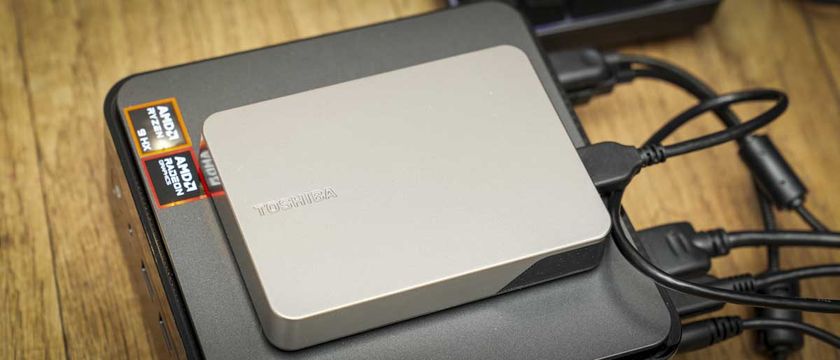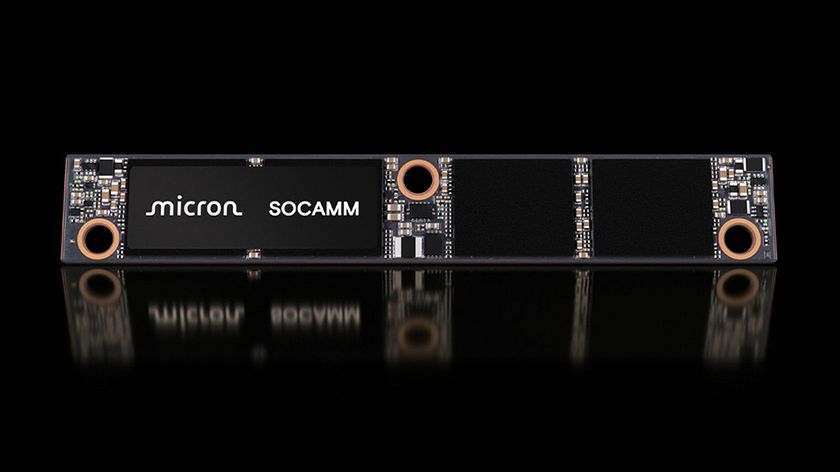Four key steps for smarter Wi-Fi
Securing wi-fi with AI

Walk around any office or work environment and you’ll see a huge number of mobile devices. Each person might have multiple devices in their possession or direct use. It wasn’t always like this and now, the growing number of smart devices is making things more complex from the perspective of Wi-Fi troubleshooting. For the sake of the IT team’s workload and the company’s overall bottom line, something must give if businesses want to create and maintain functional Wi-Fi networks in a device-centric era.
It can often seem like trying to hit a moving target when remediating Wi-Fi network issues. Many wireless problems are ephemeral, disappearing shortly after they arise based on changing user and environmental conditions. Sending techs onsite to reproduce the problem can be expensive, and often yields lacklustre results as the data needed to reproduce and resolve an issue can be long gone.
What’s more, many problems attributed to the wireless network could actually be the fault of so many other things, such as an issue with DNS, DHCP or authentication servers.
Jeff Aaron is the VP of Marketing at Mist Systems, a Juniper Company.
The benefits of machine learning
Thanks to machine learning and other AI technologies, it is finally possible to address these issues in a seamless and scalable manner. You’ll be able to spot causes of problems more easily, predict problems before they happen, and also set, monitor and enforce user service levels. That’s all thanks to AI-driven WLANs, delivering a better wireless experience for IT administrators, which translates to an amazing Wi-Fi experience for mobile users.
There are four key components to building an AI engine for a WLAN: data, structure and classify, data science and insight. Let’s take a closer look at each.
Start with the right data
You can’t expect a strong AI engine if you don’t have the right raw ingredient – good data. That’s what is initially gathered from the network, applications, devices and users so it needs to be of high quality. And if you want to result in the best insights, you need data in abundance from the various points within the IT ecosystem.
Indeed, good data doesn’t grow on trees, you need to know where to look and how to gather it. When we’re talking about wireless networks the best way is to design purpose-built access points that collect pre- and post-connection states from every wireless device. The information, or metadata, from these access points is sent to the cloud, where the AI engine can then structure and classify this data.
Are you a pro? Subscribe to our newsletter
Sign up to the TechRadar Pro newsletter to get all the top news, opinion, features and guidance your business needs to succeed!
Structure and classify the metadata
Once your data is in place, at this point the AI engine is able to structure and classify the received metadata through a set of AI primitives. By programming the AI engine with relevant wireless network domain knowledge, this metadata can be classified and analysed effectively by the data science toolbox, in order to deliver insights of value straight into the network.
Apply the data science wizardry
Collected, measured the classified the data? This is where the data science comes into its own.
As far as the data science goes, there are different flavors to choose from. So, whether you want to deploy supervised and unsupervised machine learning, data mining, deep learning or mutual information, there are options to investigate depending on the needs of the business.
Take time-series data, for example. This is baselined, and used for anomaly detection. Combine this with event correlation, and you’re more able to effectively understand the origins of issues on the network. Streamlining these techniques with one another helps network administrators reduce to mean-time-to-repair, enhancing end-user satisfaction—and ultimately, saving time and money along the way.
Use insights to solve problems
When a network is essentially able to heal itself, you’ll wonder why you used to carry out so much manual legwork before. But that’s what you will have once you have all your data science ducks in a row. Completing the AI engine is the virtual assistant that delivers insights to the IT administrator, as well as feeds that insight back into the network itself to automate the correction of issues.
A top priority here is the use of a natural language processor. This will make life easier for the administrators who would otherwise have to hunt through dashboards or common language interpreter commands in order to extract the insights from the AI engine. The upshot of using natural language is that it increases the productivity of IT teams while delivering a better user experience for employees and customers.
Look forwards with data science
By incorporating AI and data science with wireless expertise, it puts an end to manual packet sniffing. When a user is experiencing a network anomaly, the WLAN system can automatically detect it and start capturing packets, a concept known as Dynamic PCAP (dPCAP). This process is akin to going into a time machine because it enables you to see what was going on in the Wi-Fi network and the mobile device when the anomaly was detected. That means you won’t have to send boots on the ground to use sniffers to chase problems that might have already long gone.
This network monitoring technology already exists so it’s high time for businesses to shift from reactive to proactive when it comes to solving problems. When you know a problem is likely to occur, you can act quickly before it is able to cause chaos or downtime in the business.
Bringing intelligence and insights into the wireless network, however, takes this a step further. Changes can be automated, and made in real-time, empowering Wi-Fi networks to dynamically and autonomously self-optimise for each connection and environment.
Now more than ever wireless networks are a key cog in the machine for businesses—but with the endless proliferation of new and varied devices, operating systems, and applications, troubleshooting issues can prove challenging. Driving WLANs with artificial intelligence at the core is changing the game though; providing the extra time and resources that today’s organisations need to keep up with today’s connected world.
Jeff Aaron is the VP of Marketing at Mist Systems, a Juniper Company.
Jeff Aaron is the VP of Marketing at Mist Systems, a Juniper Company.
He is a proven track record taking startup companies to market leadership positions through effective outbound marketing, lead generation, lead followup, and press/analyst relations.





















